
Definition
Bunion: A dislocation of the first metatarsophalangeal (MTP) joint.
General Info
Important Note: Bunions are NOT a growth of bone that forms on the side of the big toe. They ARE a dislocation of the big toe's MTP joint.
The first MTP joint is located at the base of the big toe, where one of the big toe's bones (the proximal phalanx) meets the foot's first long bone (the first metatarsal). This joint should be straight, or almost straight, and the big toe should point away from the other toes. But with a bunion, the first MTP joint is angled, with the big toe pointing toward the other toes. This joint dislocation causes the appearance of a bump at the base of the big toe, and the forefoot appears wider than normal in individuals with this problem. A bunion is an acquired forefoot deformity.
The dislocation at the first MTP joint is actually best described as hallux abductovalgus (HAV) or simply hallux valgus (HV). Bunions—which often involve the formation of a bursa, or fluid-filled sac—may become reddened and enlarged in people who wear shoes that do not accommodate the deformed forefoot. The skin overlying a bunion is not designed to resist rubbing forces and is therefore vulnerable to friction. Pressure from the shoe may irritate the skin on the side and top of the bunion, inflaming the bursa and leading to a case of bursitis.
Signs & Symptoms
Bunions are an often painful condition that may become even more painful when irritated by inappropriate footwear. In addition to pain, some of the most common signs and symptoms associated with bunions include:
- Blistering over the bunion
- Redness in the affected area
- Callus formation around the bunion
- Nerve damage (i.e., numbness and/or sharp pains) in the involved area
A bunion may become further dislocated and unstable as it progresses.
Possible Causes
Many people believe that bunions are inherited or caused by genetics. Though differences in foot shape and soft tissues exist between people, including how different-shaped feet and soft tissues respond to external forces, such as footwear, most bunions are not caused by genetics or heredity. Conventional footwear is the most common cause of bunions, as most shoes hold (and effectively immobilize) the big toe in a bunion configuration. Also, bunions occur with greater regularity in women than men (due largely to the injurious effects of fashion footwear). A person may also have an increased likelihood of bunions if he or she is born with certain bone abnormalities in the feet. Factors that may increase a person’s chances of developing a bunion include:
- Arthritis
- Toe trauma
- Limb length inequalities
- Laxity of the connective tissues (i.e., ligament laxity)
- Long-term use of footwear with tapering toe boxes
- Certain foot problems (e.g., flat feet, excessive pronation, etc.)
Helpful Strategies
Bunions usually respond to conservative care approaches. Natural, noninvasive, and nonsurgical treatment methods for bunions usually involve the following:
- Splinting the great toe so that it doesn't migrate toward the foot’s midline. Correct Toes toe spacers are an effective tool for this purpose because they help progressively splay, realign, and rehabilitate all of the toes, including the big toe.
- Performing range of motion exercises to move the big toe into a more favorable position. The Big Toe Stretch is a simple and effective exercise to help restore proper big toe alignment and correct a bunion.
- Using men’s and women’s foot-healthy shoes that accommodate Correct Toes and support natural foot health.
- Using other helpful footgear to rehabilitate the feet and restore proper toe alignment, including Injinji toe socks, Pedag metatarsal pads, and BlackBoard ToeBands.
Shop for shoes that possess a removable liner, or insole, and stand on the liner after removing it from the shoe. This is an effective method to see if the shoe is wide enough to accommodate the entire forefoot (including the bunion). If the forefoot and bunion are wider than the insole, the shoe will squeeze and constrict the bunion and make any symptoms worse. The insole should also be wide enough to fully accommodate the big toe when it points outward, away from the other toes, when using Correct Toes. Individuals who have bunions should avoid using shoes with tapering toe boxes, as narrow toe boxes hasten the progression of a bunion deformity.
In some severe cases, conservative approaches may not have the desired effect, and a foot care professional may recommend a surgical procedure called a bunionectomy. Undergoing surgery for bunions does not guarantee a cure or even a beneficial health outcome, and the bunion is likely to return if a person fails to adopt proper footwear and rehabilitative techniques following surgery. Bunion therapy, like many other foot problem treatments, is best approached from a prevention standpoint.

WANT TO IMPROVE YOUR FOOT HEALTH?
Let the team at Natural Footgear help you! Subscribe to our newsletter for the latest offers and helpful info, and sign up for our FREE email courses on various topics and foot health conditions.
Sign Up →
Want to Improve Your Foot Health?
We are here to help you every step of the way. Get our newsletter for the latest offers and helpful info, and sign up for our FREE email courses on various topics and conditions, including bunions, hammertoes, neuromas, plantar fasciosis, shin splints, ingrown toenails, and more.
Sign Up →
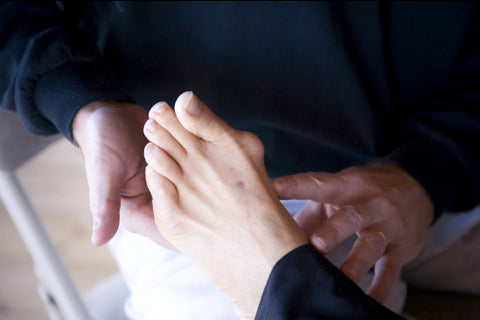 In this video, Dr. Ray McClanahan, a sports podiatrist at Northwest Foot and Ankle and the inventor of Correct Toes, discusses how bunions are treated using conventional and natural approaches. This video takes a closer look at the effects of footwear on foot and toe anatomy and function and the role of conventional footwear (especially the design element called toe box taper) on bunion formation. Dr. Ray also delves deeper...
Read more
In this video, Dr. Ray McClanahan, a sports podiatrist at Northwest Foot and Ankle and the inventor of Correct Toes, discusses how bunions are treated using conventional and natural approaches. This video takes a closer look at the effects of footwear on foot and toe anatomy and function and the role of conventional footwear (especially the design element called toe box taper) on bunion formation. Dr. Ray also delves deeper...
Read more



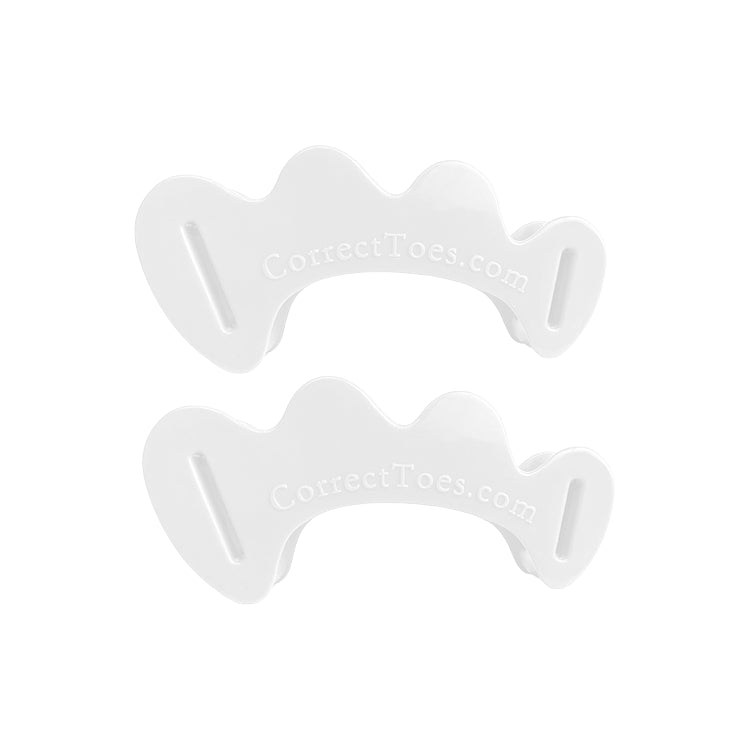
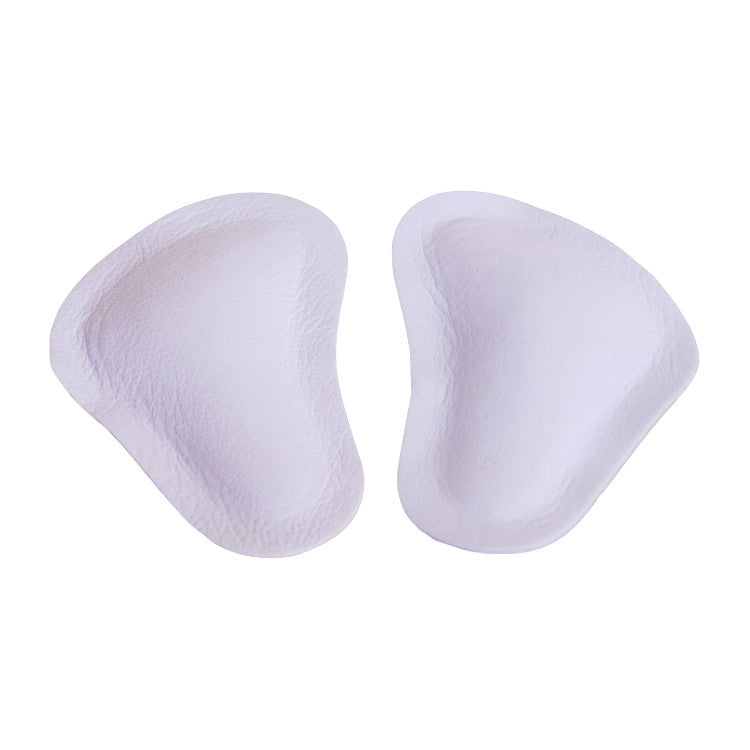
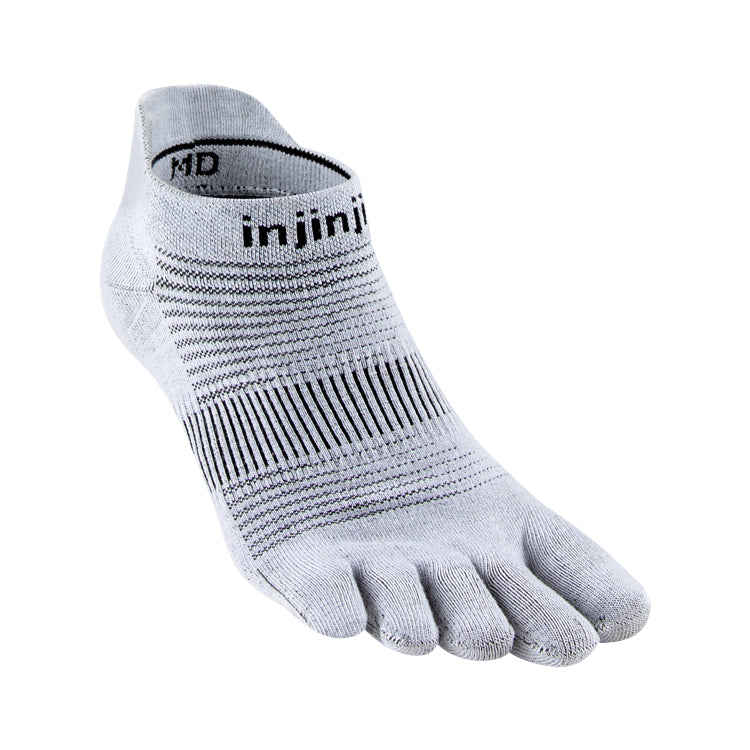
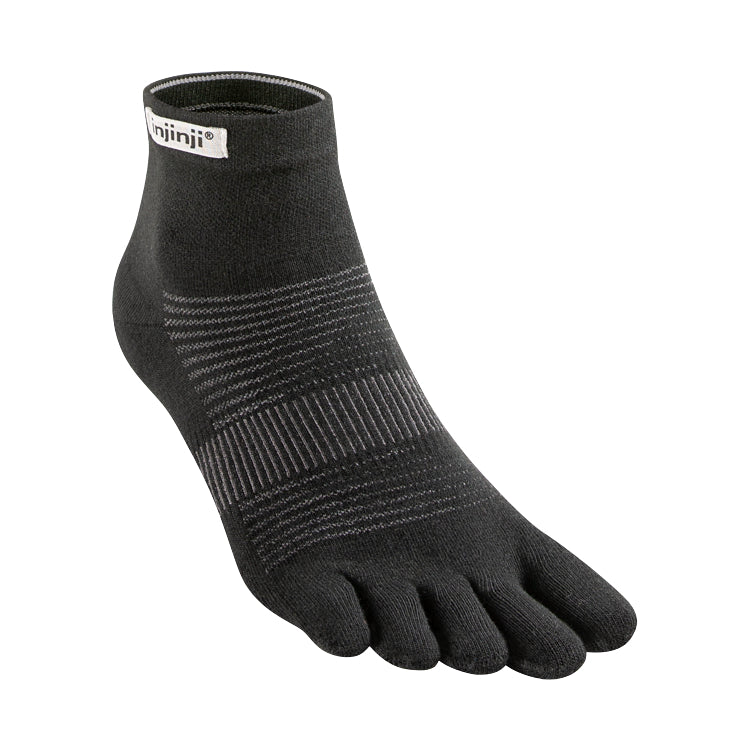

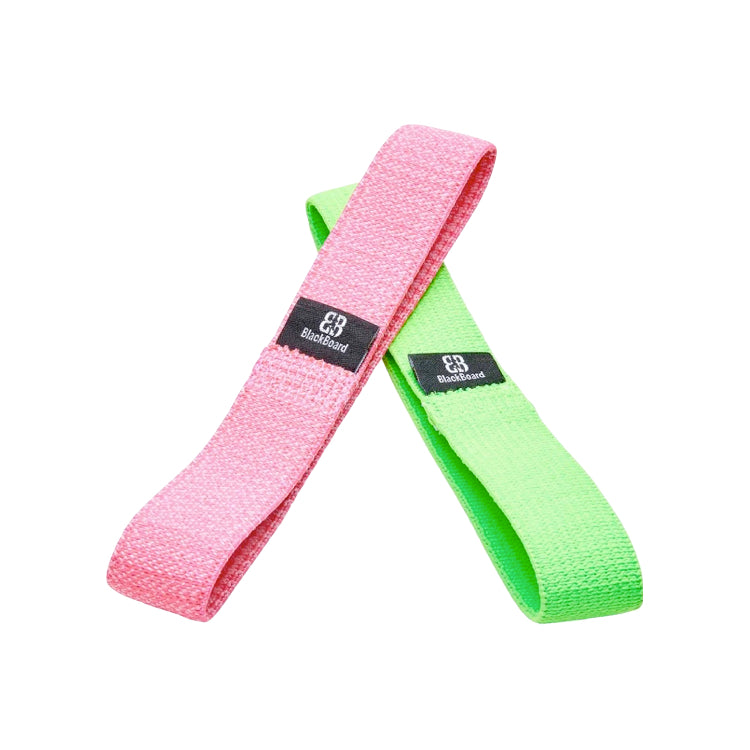
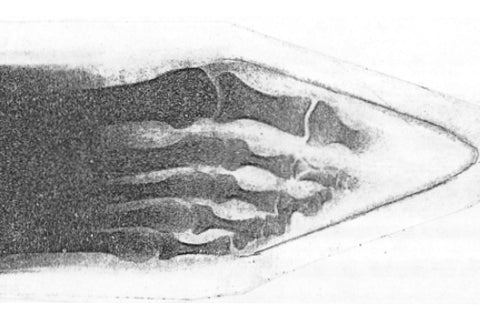

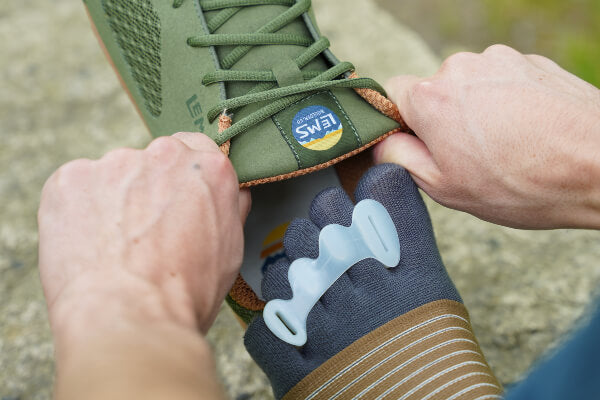
I am considering surgery for a moderate to severe bunion. The bunion has caused the three toes next to it to become hammertoes. My grandmother and mother had severe bunions. I REALLY do not want to have the surgery, but at this point the pain on the ball of my foot is having too much of an effect on my everyday life. I have had shots and two sets of orthotics and have always worn birkenstocks, so is it possible to treat this naturally? Or is surgery the best option in this case? I have a chiropractor that would be willing to work with me and help me get the toes back in alignment. So, can a natural approach work for this severe a problem?
Greetings, Mary,
Thank you for your message. I appreciate you reaching out, and I’m sorry to hear that you are experiencing bunion- and hammertoe-related pain. I certainly do appreciate your desire to find alternatives to surgery. My first recommendation is to watch this video about conventional vs. natural approaches to bunions:
www.naturalfootgear.com/blogs/education/17856712-bunions-conventional-vs-natural-approaches
My second suggestion is to try incorporating Correct Toes (www.naturalfootgear.com/collections/toe-spacers/products/correct-toes) into your regular foot care routine. Not only does the device help to reverse the effects of bunions, it can also help restore balance, circulation, and overall foot health. Also, you might consider trying out some stretching techniques like the Big Toe Stretch (www.naturalfootgear.com/blogs/education/17856416-big-toe-stretch) to gently guide your toes back into alignment and ease the tension and pain caused by the bunion and conventional footwear.
Third, you might consider seeking out foot-healthy shoes and sandals (www.naturalfootgear.com/collections/womens-shoes) that allow your toes to splay the way nature intended.
In terms of hammertoes (and how to address them using noninvasive methods), the use of metatarsal pads (www.naturalfootgear.com/collections/foot-pads/products/pedag-metatarsal-pads) in combination with Correct Toes can help rebalance the pull of the toe flexor and extensor tendons and aid in toe rehabilitation. For more information on conventional vs. natural approaches to hammertoes, you can watch this video:
www.naturalfootgear.com/blogs/education/17883716-hammertoes-conventional-vs-natural-approaches
We offer free online courses that cover both bunions and hammertoes, and you can sign up for those courses here:
www.naturalfootgear.com/pages/do-you-have-foot-pain
And finally, even if you opt to go through with surgery, not all hope is lost. Check out this article for more info about how to restore foot health after surgery:
www.naturalfootgear.com/blogs/education/17914760-six-ways-to-restore-foot-health-after-surgery
Wishing you all the best in foot health,
Laura Trentman
My bunions are on the TOP of my foot, not the side. I’m wondering how to treat that? I’ve had them a long time, but only recently are they getting painful. Wide toe boxes don’t really help much, because it’s the TOP of the shoe hitting my bunions that causes pain.
Hi, Kathy,
I really appreciate you writing in with your question. It’s very true that a bump or prominence can form on top of the 1st metatarsophalangeal joint, though it’s not technically a bunion in this case. Most of the same approaches that you’d use to address a bunion still apply, however, and that includes restoring proper toe alignment through the use of toe spacers, toe socks, metatarsal pads, and foot-healthy footwear:
www.naturalfootgear.com/pages/womens
As you noted, wide toe boxes alone are not enough. You also need a shoe with a tall toe box, so that you no longer experience the rubbing or contact from the toe box ceiling that is causing discomfort. One tool that could be quite helpful for you is the FootFitter Shoe Stretcher:
www.naturalfootgear.com/products/footfitter-ball-ring-shoe-stretcher
You can use this tool to create a pouch in the top of your shoe’s toe box that accommodates the big toe bump.
Another approach you may find helpful is a lacing technique that involves leaving the lower eyelets open (i.e., starting your lacing higher up on your shoe). This creates a bit more room/space in your shoe’s toe box and may help prevent the rubbing that’s causing you pain.
I hope this info helps! If you have any other questions, please do let us know.
Kind regards,
Marty Hughes, DC
This is the first time I have heard about how the shoe stretcher can create a pocket that does not allow a sensitive toe to rub against my shoes (which do not have a tall toe box). I was thinking that that tool was just for the little toes at the side of the shoe. I simply could not figure out how this device would create a bigger area inside the shoe. I think a video on this stretcher is needed if people are hesitant to buy one.
Hi, Natalie,
Thank you for your comment. The FootFitter Shoe Stretcher is a really helpful tool for all kinds of toe problems, from bunions to tailor’s bunions to hammertoes. You can find a video of how to use this foot health tool here:
www.naturalfootgear.com/blogs/educational-articles/how-to-use-the-footfitter-ball-ring-shoe-stretcher
Please let us know if you have any additional questions!
All the best,
Robyn Hughes, ND